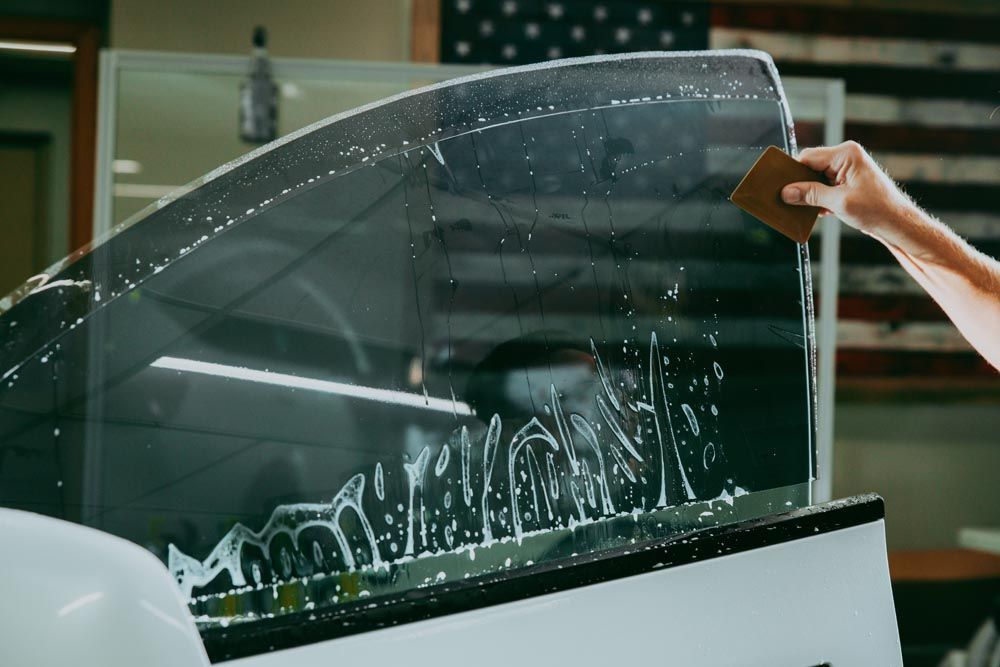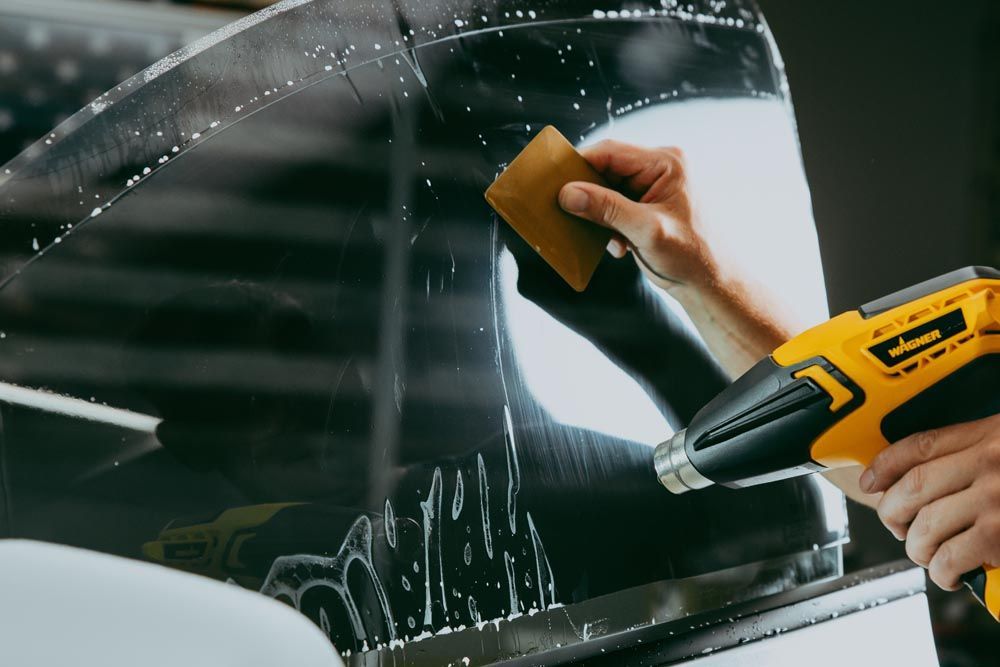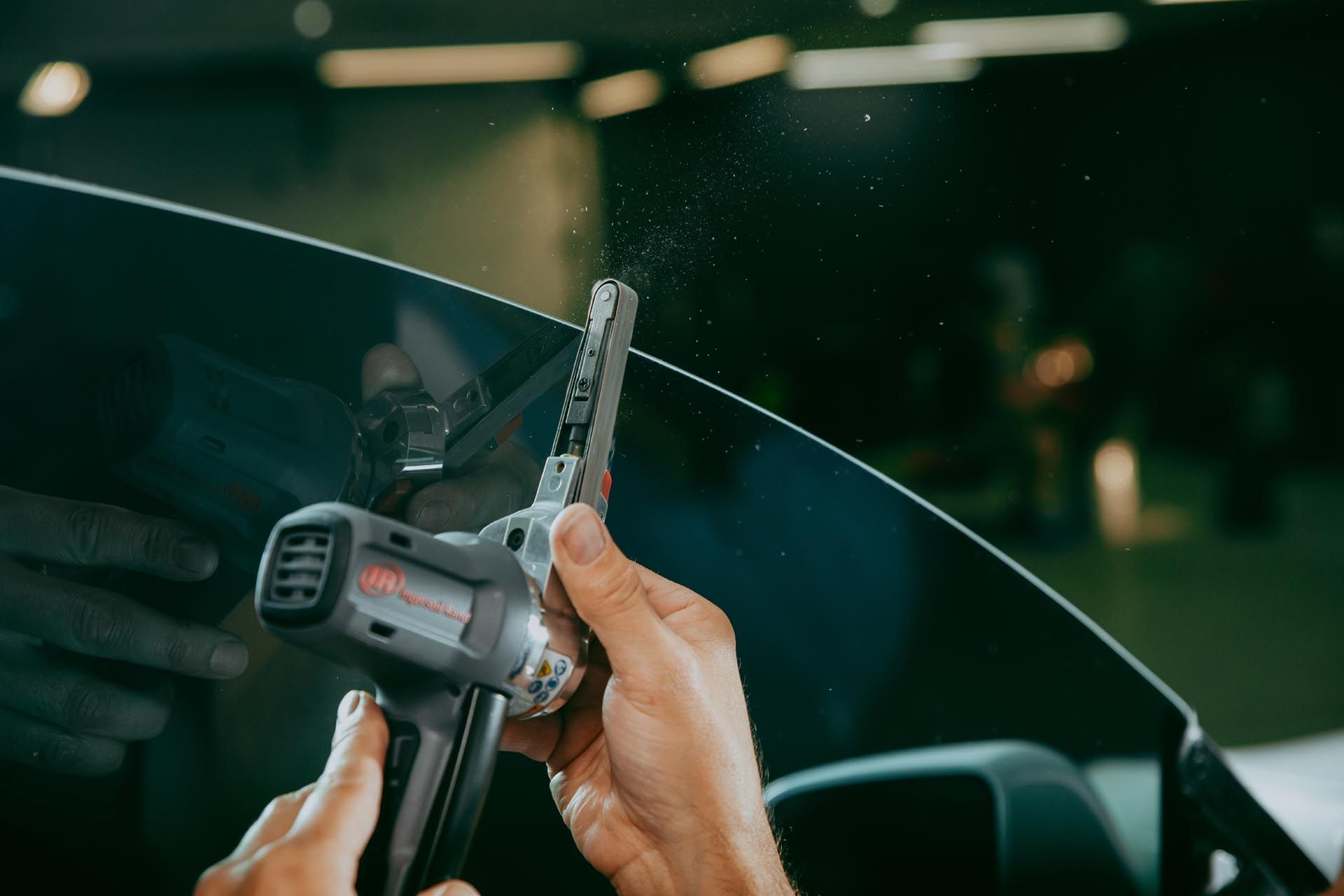By SEO Team
•
March 31, 2025
When you drive a Tesla, you're not just getting from point A to point B; you're experiencing the future of driving. But have you thought about how to enhance that experience with window tinting? Choosing the right tint for your Tesla isn't just a cosmetic upgrade—it's about comfort, safety, and even preserving your car's interior. Just like selecting the perfect color for your new paint job or finding the right accessories, picking the right window tint can make all the difference. With so many options available, it's easy to feel overwhelmed, but don't worry—this guide will walk you through everything you need to know to ensure you're both stylish and compliant with local laws. So, let’s dive into the world of window tints and find the best fit for your ride! When choosing the right window tint for your Tesla model, consider key factors such as heat rejection capabilities, visible light transmission percentages, UV protection levels, and glare reduction properties. Additionally, it's essential to evaluate different film brands and types—like ceramic or color-stable options—based on your specific needs for privacy and thermal comfort while ensuring you select a reputable installer for the best results. Window Tint Options for Teslas One factor to consider when selecting window tints for your Tesla is the type of tint itself. There are popular options such as ceramic, carbon, and dyed tints. Each option offers its unique set of advantages and limitations, which can drastically affect your driving experience. For example, ceramic tints are praised for their exceptional heat rejection and UV protection abilities, although they typically come with a higher price tag. Their appeal lies not just in their effectiveness but also in their compatibility with modern technology; they won’t interfere with electronic devices, which is especially pertinent given Tesla's cutting-edge interiors where gadgets reign supreme. On the other hand, carbon tints provide a beautiful, non-reflective finish that many find appealing. With good heat rejection properties and being less costly than ceramic tints, they offer an excellent middle ground for those looking to balance budget with performance. While they might not shine quite as brightly in terms of UV protection as ceramics, carbon tints still perform well while maintaining that sleek look you want on a vehicle like a Tesla. Dyed tints, however, sit at the most affordable end of the spectrum. They can enhance privacy and reduce glare but fall short on heat reduction capabilities. One consideration with dyed tints is that they may fade over time due to exposure to sunlight. While initially budget-friendly, they might not deliver the longevity or effectiveness desired by all drivers. Understanding local laws regarding Visible Light Transmission (VLT) percentages is paramount when deciding on a tint option for your Tesla. Laws can differ from state to state, which means what's permissible in one area may be completely illegal in another. For instance, some states allow only up to 35% VLT on front windows, while others permit darker tints, providing various levels of comfort and privacy yet maintaining safety regulations. Therefore, before making a decision about your window tint, it’s wise to do some homework on your specific state's regulations concerning VLT percentages. This helps avoid potential fines or issues during inspections, ensuring a smooth ride with your new tinting. Considering both the types of window tints available and the necessary legal guidelines will prepare you for exploring the advantages of having tinted windows—a critical aspect that can enhance your driving experience significantly.





